We need your help! This bear is trying to tell us something but we can’t figure it out! Do you know what it’s thinking?
See if you can come up with the best caption!
Post your ideas in the comments!
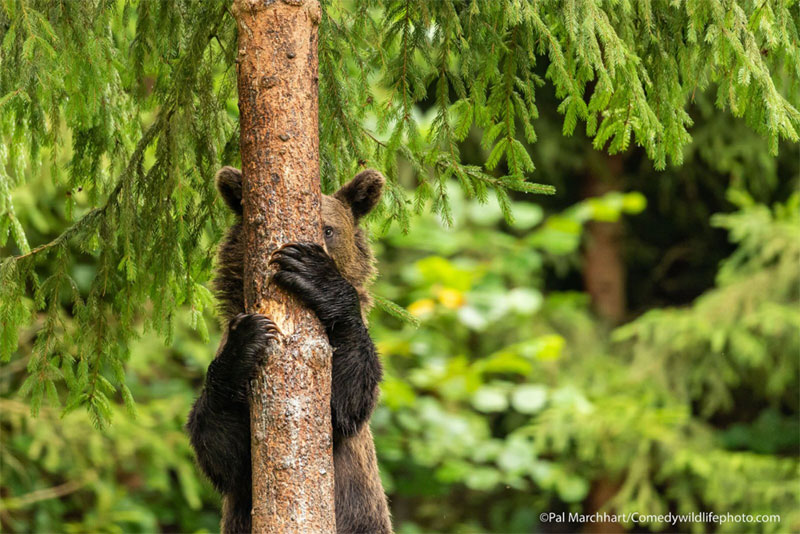
We need your help! This bear is trying to tell us something but we can’t figure it out! Do you know what it’s thinking?

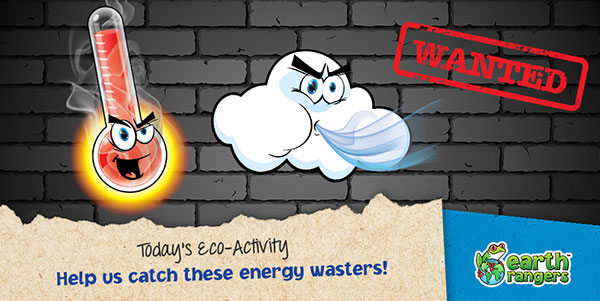
The EARTH RANGERS MOST WANTED ENERGY WASTERS are on the loose again and are looking to make trouble in your home this winter! For today’s Eco-Activity, help Captain Conservation stop the sneaky Thermo Inferno and Devious Draft!

Follow these steps and help take down the Thermo Inferno and Devious Draft!
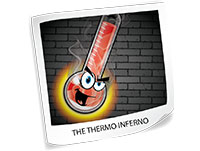
With the help of an adult, find your family’s thermostat. Turn it down by two degrees. The Thermo Inferno does NOT like being cold in the winter. You can keep warm with some extra cozy layers! Ask an adult to consider turning the temperature down at night, and when nobody’s home.

Run the back of your hand around your windows and doors. If you feel any wind or cold air, that’s the Devious Draft sneaking in! With the help of an adult, seal off any of the cracks or holes you find to keep this energy waster out of your home.
These are just two of the Earth Rangers’ Most Wanted Energy Wasters. Learn how to stop the others by accepting the Operation Conservation Mission in the Earth Rangers App!


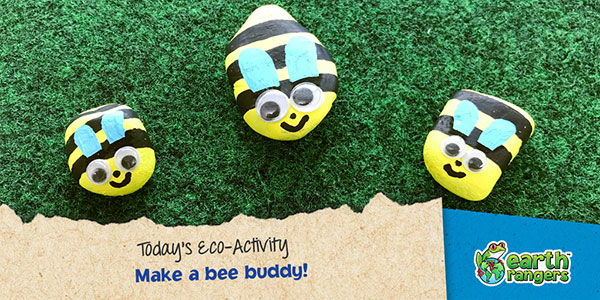
Do you miss bees as much as we do in the winter? For today’s Eco-Activity, we’re going to make some bee buddies to keep us buzzing until our pollinator pals return in the spring.

Instructions:
1. With an adult, go find some rocks to use for your bees. An oval rock works best, but any shape will do!
2. When you’re back home, wash the rock to make sure all the dirt is gone.
3. Set up your painting station. Lay down some newspaper to protect your table, and get your paint and paint brushes ready.
4. Paint the entire rock yellow. While you’re waiting for it to dry, brush up on your bee facts!
5. Paint on some black stripes—now it’s looking more like a bee! While they’re drying, see if you can spot the difference between these two bee pictures!
6. Give your bee some wings with the light blue paint and let them dry.
7. Glue googly eyes on the bee’s face. If you want, you can use your black paint to give it a nose and mouth too.
8. Your bee buddy is done! Place it somewhere it can buzz all winter long!


Making a car work is super complicated. It seems like there’s a million buttons to press and levers to pull! Thankfully, making sure your family cars are the greenest they can be isn’t nearly as hard as driving one. This winter, help the adults in your life adopt these eco-friendly driving habits!
Speed up gently and coast to slow down

Does your parents’ driving sometimes make you feel like you’re in a Fast and Furious movie: stepping on the gas to go crazy fast and then slamming on the brakes to stop? This type of driving actually uses lots of gas! In order to be more eco-friendly, ask your parents to accelerate slowly, and go easy on the breaks.
Drive less by combining trips, taking public transit, or carpooling

See if your family can drive less! Walking is always a healthy idea, but if it’s not an option, taking public transit or carpooling is better for the environment. You can also encourage them to combine trips whenever they can.
Don’t Idle
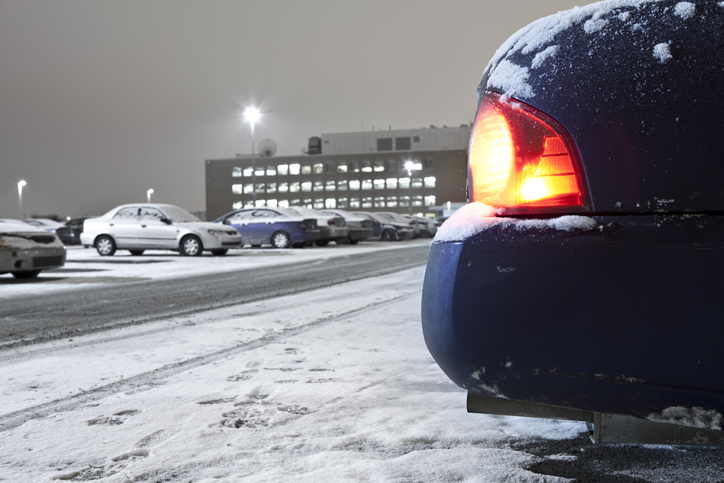
We all know how cold winter can get, but keeping the car running when you’re not in it is a no-no, even if you’re just out of it for a few minutes. While it might be cozier, it’s not good for the environment! Ask the drivers in your life to give up idling their cars this winter (and maybe dress with an extra layer or two instead!)
Use an eco-friendly windshield washer fluid
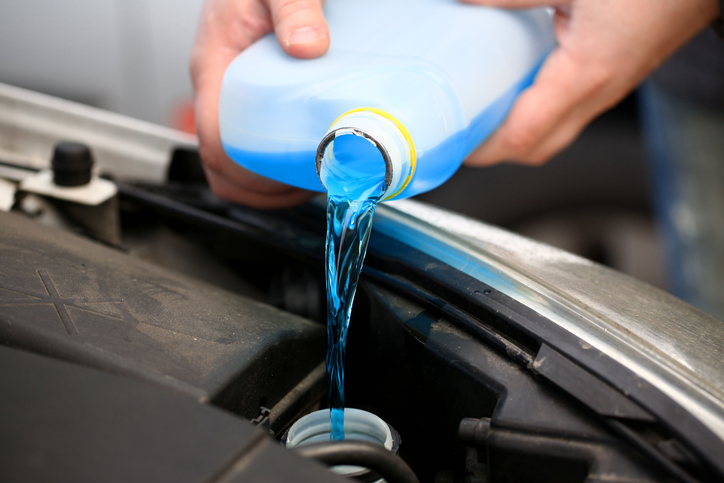
You know that spray drivers use to clean their windshield when it’s dirty? It’s super important for driving, but the chemicals in the spray can be harmful to the environment! Ask them if they can switch to an eco-friendly windshield washer fluid instead.
Purchase eco-friendly cleaning supplies
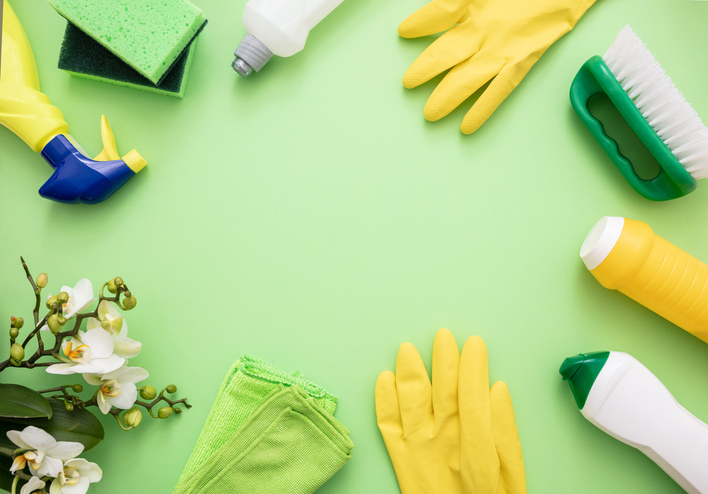
The insides of cars aren’t exactly their cleanest in the winter. You’re probably bringing in all sorts of things like salt and mud on the bottom of your boots. It’s not surprising that your parents are most likely going to want to clean the inside of their cars from time to time! Make sure that when they do, they use eco-friendly cleaning products.
Use a funnel when replacing fluids
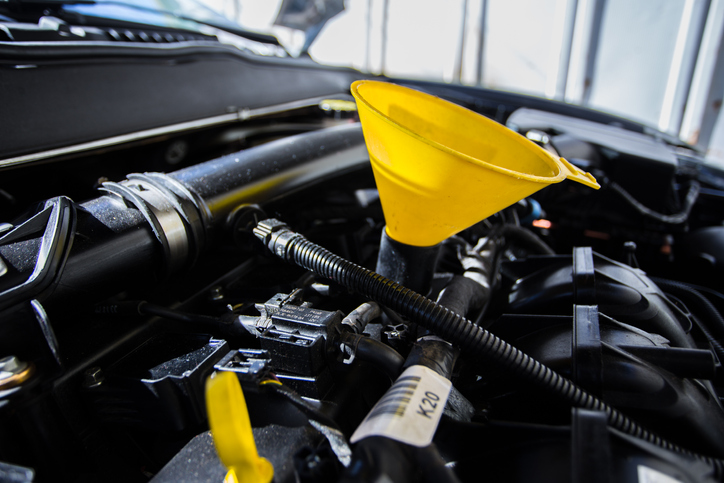
In order to keep their cars running, drivers need to keep them topped up with different fluids, like oil. A lot of these fluids aren’t great for the environment, so it’s important that they don’t spill a drop! Ask your parents to use a funnel when pouring in these fluids so that they don’t end up in the environment!

We need your help! This pigeon is trying to tell us something but we can’t figure it out! Do you know what it’s thinking?
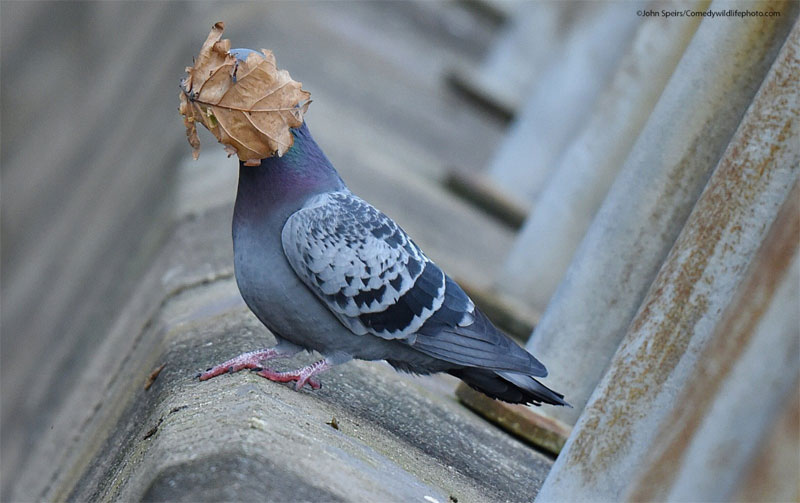
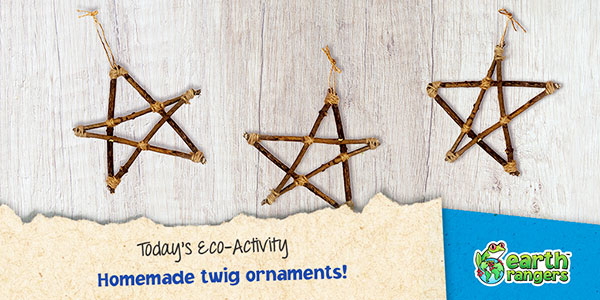
It’s the perfect time of year to make some homemade decorations for the holidays! Why not show off your love for forests by getting twiggy with it? For today’s Eco-Activity, you’ll be making some twig ornaments that are sure to be the star of the show!
Instructions
1. Head to the forest to collect twigs. Look for ones that have the same thickness. While you’re there, pick up any extra forest materials you’d like to use as decorations for your ornaments.
2. When you’re back home, glue the twigs into shapes you like. It can be stars, snowflakes, or anything else you can come up with.
3. Once they’re dry, start decorating them. Don’t be afraid to get creative! You can use paint for some colour, cotton balls for snow, glitter for some sparkle, and other forest materials to spruce it up!
4. Glue both ends of some string to the end of one of the twigs to form a loop. Make sure the loop is big enough for you to be able to hang up your ornament.
5. When the glue is dry and the loops are in place, hang your ornaments up where your friends and family can see them!
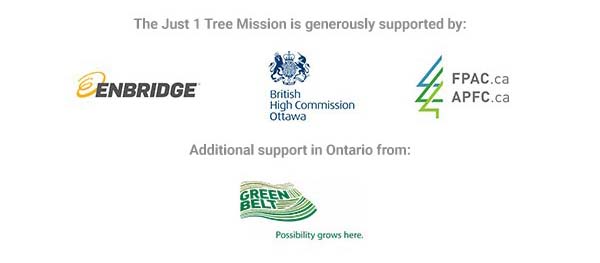
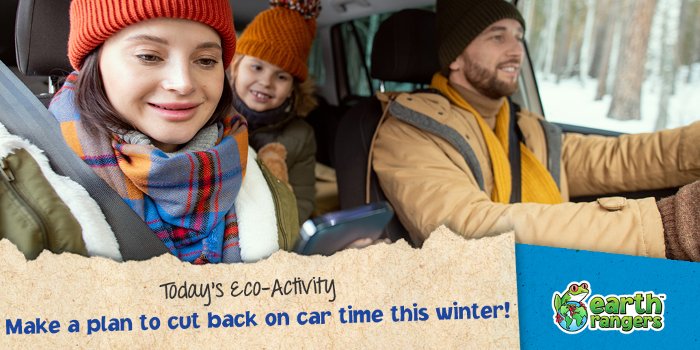
Did you know that transportation is a big source of greenhouse gas (GHG) emissions? The more we drive, the more GHGs we release. For today’s Eco-Activity, make a plan to cut back on car time this winter and help fight climate change!
Instructions
1. With your family, download a map of your town or city from the computer. You can also use Google Maps.
2. Mark all the locations that you and your family visit often. Include places like school, music lessons, work, the grocery store and even restaurants you like!
3. Write down which locations are close to each other.
4. Encourage your parents to visit multiple locations each time they need to get in the car by combining trips!
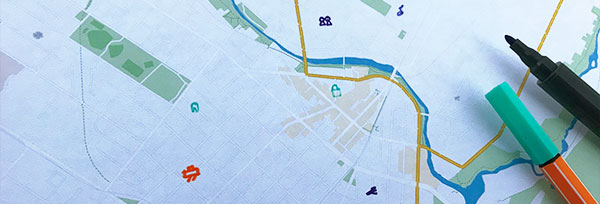
Join #Project2050 and team up with kids across Canada to tackle greenhouse gases and slow down climate change! Start by joining the #ActLikeAnAnimal challenge!

Let’s put your animal identification skills to the test! Can you guess what animal is hidden in this picture? Make your guess in the comments.

Looking for more fun stuff? Click here to come up with a funny caption, take a quiz or watch a cool video!
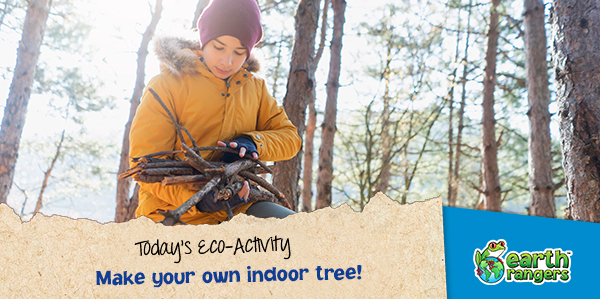
Are you ready to bring a little bit of the forest into your home? For today’s Eco-Activity, we’re showing you how to make your own indoor tree! If you’re in the holiday spirit, get creative and turn your tree into a holiday decoration!

Instructions:
1. Head out to a nearby forest to find sticks and decorations.
2. When you’re back home, arrange the sticks on the floor from longest to shortest. Make sure they’re all about 15 cm apart.
3. Measure a piece of string that goes from the left side of the longest stick to the left side of the shortest stick. Leave about 15 cm of extra string, and cut.
4. Repeat step 3 on the right side so that you have two strings that are the same length.
5.Glue one end of your first string to the left side of the longest stick.
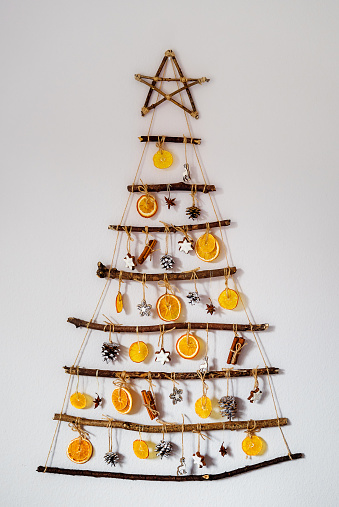
6. Continue gluing the string to the left side of the rest of the sticks, making sure that there’s about 15 cm of extra string when you’re done.
7. Repeat steps 5 and 6 on the right side.
8. Tie your two strings together at the top and hang it up on a wall in your home.
9. Time to decorate! Using string (and maybe some glue), hang your pine cones, leaves and other decorations off the sticks until you’re happy with your tree. If you’re making a holiday-themed tree, make sure to add some extra holiday decorations too.
10. Show off your tree to your friends and family!
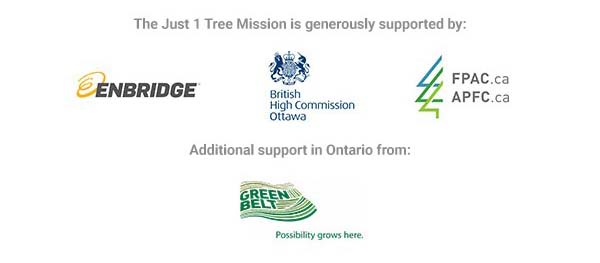
It’s that time again, Conservation Council: we need your help!
We’re hard at work planning next year’s Wildlife Adoptions Projects, and we have one we think you’re going to love – but we need your help! We’re going global with our awesome partners at ICFC on a super exciting project that will help protect one of these three epic animals:
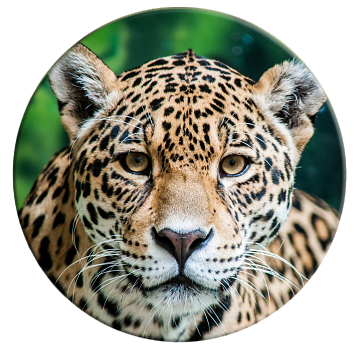
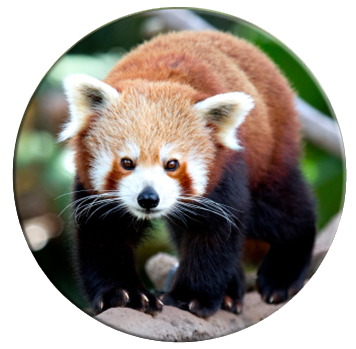
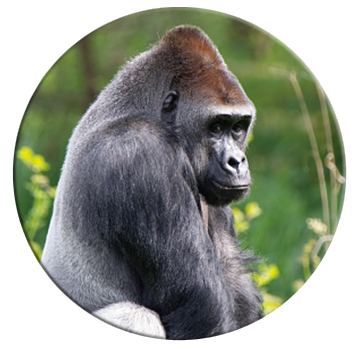
Pick your fave and tell us why you love that animal the most, or why you want to protect it, in the Comments, then stay tuned to see which one wins! We’ll be launching our new Adoptions Projects in early 2022, but we’re making our picks THIS WEEK, so cast your vote before it’s too late, Earth Ranger!